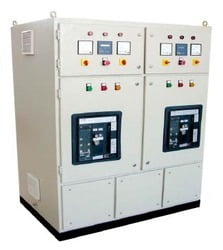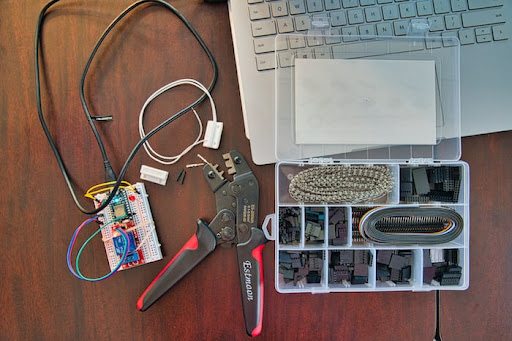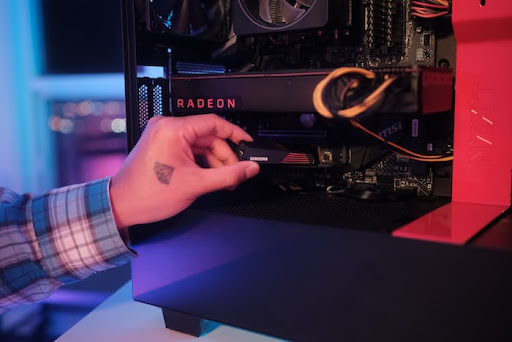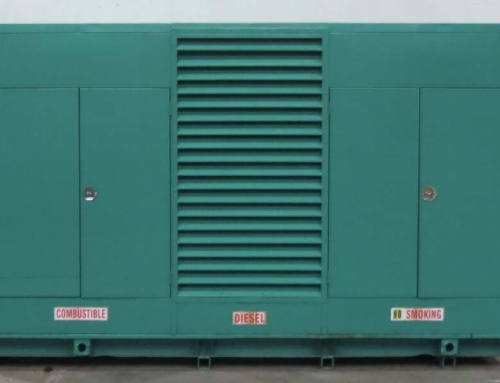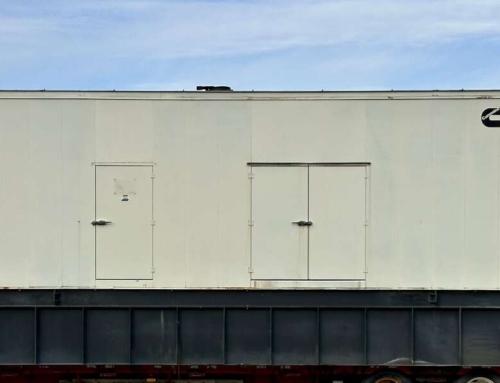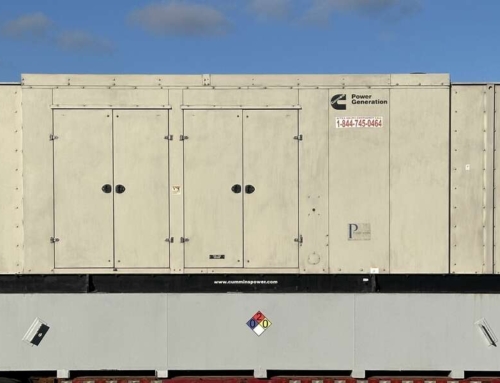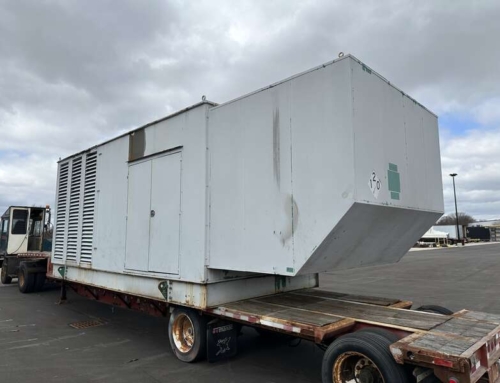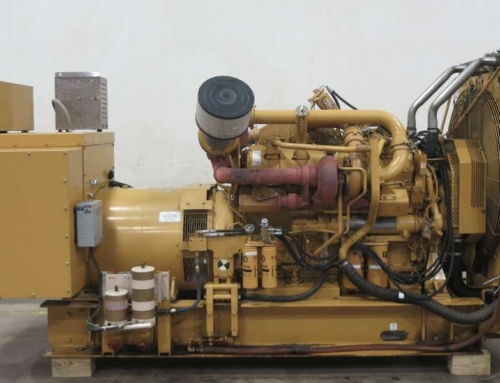Do you often struggle with the seamless running of your backup generator during power outages?
Well, you don’t have to if you have a good generator transfer switch. Installing a backup or standby generator is an important requirement to ensure that there is a reliable source of backup generator power available in case the power grid goes down.
However, what is also important to note is that your backup generator is only one part of the power source. It also has to know when to turn on to let you enjoy an uninterrupted flow of power.
This is where automatic transfer switches or generator transfer switches come in.
As per research, the generator transfer switch helps transfer load from different power sources to ensure continuous operation of the load. It is primarily a power-switching device that constantly checks your electricity levels.
This post will discuss more generator transfer switches and why you need them for backup generators.
What Is A Generator Transfer Switch?
A generator transfer switch is essentially an electrical device that keeps the mains and generator supply separate. The main objective of using a generator transfer switch is to ensure that only one of these (mains or generator supply) can provide power to your electrical load at the same time.
The switch automatically transfers the load circuit to your backup generator whenever there is a power outage, and the electricity levels fall. This will provide you with power until the grid is back up and running.
Put simply, a generator transfer switch enables you to conveniently switch your power to your backup generator manually or automatically in case you experience a power outage.
Types Of Generator Transfer Switch
When it comes to the types of transfer switches, there are two main types available, as discussed below-
Manual Transfer Switch
As the name suggests, the manual transfer switches are the ones that you can use to manually switch the power supply from the main grid to the generator.
The downside of manual transfer switches is that they are not equipped to handle very high-voltage loads automatically. Although they are cost-effective as compared to automatic transfer switches, they need to be handled manually during an outage or power failure situation.
An Automatic Transfer Switch (ATS)
An automatic transfer switch or ATS, on the contrary, can automatically gauge when there is a power outage. The ATS is equipped to switch the power supply to the generator from the main grid as soon as the generator starts in the event of a power failure.
This allows all primary circuits (refrigerator, freezer, heating, air conditioning, etc.) to operate normally.
How Do Generator Transfer Switches Work?
Generator transfer switches are permanently hardwired to your home’s electrical control panel and are generally installed nearby. The switch has three main connections-
- One to the load
- One to the main
- One to the generator.
When you use a generator transfer switch, the connection to the load remains, and it switches between the load and the generator. This makes sure that it does not connect both.
The manual generator transfer switches require you to physically turn a switch or handle to change between the mains and the generator to be able to start the generator yourself. Automatic generator transfer switches change over automatically and start/stop the generator whenever required.
Why Do You Need A Generator Transfer Switch For A Backup Generator?
Here are some of the key reasons why having a generator transfer switch for your backup generators makes complete sense-
1.NEC Requirement
First and foremost, a generator transfer switch is required by the National Electrical Code (NEC) for any connection of power to a residential home.
This requires all transfer switches to mandatorily have a three-position switch to keep power from accidentally back feeding.
Also, the switch must be turned OFF when changing from one power source to the other. The three positions of the generator transfer switch help keep electrical workers and everyone on your home/ premises safe.
2. To Ensure Safety
Using a generator transfer switch is a completely safe way to connect a generator to your home directly.
Since an ATS isolates your home from the power lines, it prevents back-feed, which usually occurs when the power goes back down the utility lines.
This kind of back feed can not only damage the generator but can also lead to instances of fire.
3. Easy To Operate
Apart from being the safest way to connect a generator to your home, a generator transfer switch is also the easiest way to connect the generator to your home.
In crisis situations such as power outages, it can get difficult to run extension cords to and from appliances. A transfer switch makes the job easier by letting you use your house wiring system to power any appliance with your generator quickly and easily.
4. Helps You Power A Range Of Devices With Your Generator During A Power Outage
There are some devices or items, such as well pumps or furnaces, that can’t be connected to a backup generator with an extension cord. In such a scenario, a generator transfer switch help power these items easily.
Among the other reasons why you need a generator transfer switch for your backup generator are-
- A generator transfer switch allows you to supply backup power to various appliances and devices at your home or office that are hardwired to your control panel.
- You can also use a generator power switch to prevent the power from coming from the grid to the backup generator for better generator maintenance.
Suppose there is no generator transfer switch used during the event of a power outage. In that case, the generator will need to be connected to your devices using several extension cords to be able to carry the load of devices.
Besides, there are several risks associated with not using a generator transfer switch. For instance, apart from the convenience, not using a generator transfer switch can jeopardize the safety of your loved ones or even workers in a commercial setup.
To Wrap
The generator power switch is an important aspect for the seamless functioning of backup generators as the absence of them can lead to the back-feeding of the grid.
This means that while using your generator without a proper transfer switch, two currents feed your home when the main power source comes on. This sudden surge can lead to problems in the line, which may put everyone at risk and can also cause fires.
It is important to keep in mind that we are specifically talking about backup or standby generators that are wired to the panel in your home or office. In the case of a portable generator, you can simply plug a few devices directly into the generator without much hassle.
If you are also looking for automatic generator transfer switches, talk to the experts at CS Diesel Generators about how you can select a system that works best for your specific needs.
FAQs about Transfer Switch
1. How does a generator transfer switch work?
The generator transfer switch is an important part of the home backup system. The main function of this switch is to prevent your home or commercial premises from being powered by utility and generator power at the same time.
When you use a generator transfer switch, the connection to the load remains, and it switches between the load and the generator. This makes sure that it does not connect both.
2. How much does a generator transfer switch cost?
The price for a generator transfer switch varies depending on the factors such as size and voltage options. Also, the cost price of the generator transfer switch does not include the installation cost or the cost associated with any necessary wiring.
3. Why doesn’t every home-back generator come with a transfer switch?
Based on the varying power needs, each application is different. This is why every home back generator requires a transfer switch which is essential to ensure proper coverage. Also, offering the generators and transfer switches separately allows you to get the required size needed and keep the cost under control.
4. Where can I order a transfer switch?
Transfer switches are available through a local retail store or authorized dealers such as CS Diesel Generators. You need to get a proper in-home assessment done to know what size you need.

